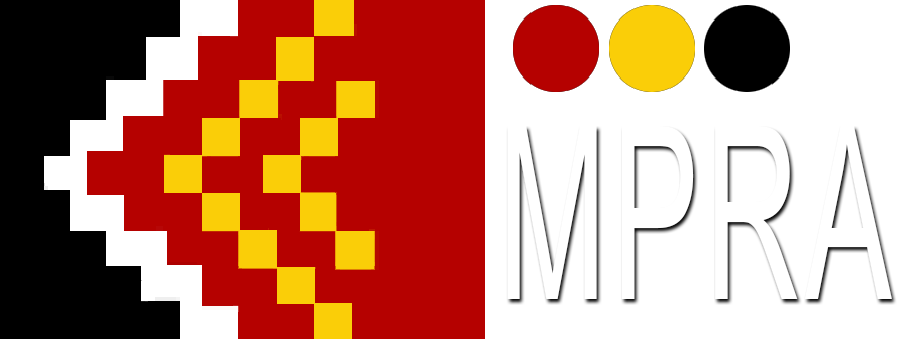National Parks
National Parks in the Murdi Paaki Region
Pilliga
Pilliga is situated close to the town of Baradine and is the traditional country of the Gamilaroi People. Pilliga is a forest that offers beauty by the flora and fauna that can be discovered throughout the park and the rich Aboriginal history that lies within. Stone tools, grinding grooves, modified trees, and rock art can all be witnessed during exploration of the park.


(© State of New South Wales through the Office of Environment and Heritage)
Mungo
Mungo National Park is a listed world heritage site, located in the Willandra Lakes World Heritage Area, and is home of Lake Mungo, Mungo Lady and Mungo Man. Mungo National Park is significant to the Ngiyampaa, Mutthi Mutthi and Southern Paakantyi people, with Aboriginal heritage on display throughout the park.


(© State of New South Wales through the Office of Environment and Heritage)
Yanga
Yanga National Park is close to Balranald, along the Murrumbidgee River. Although Yanga National Park is relatively new, the park holds significant Aboriginal history, with proof of shelter, medicine, waterbirds, fish and yabbies’ resourcing the Aboriginal people for many years. Boasting 170 kilometres of the Murrumbidgee River, Yanga National Park is ideal for fishing, camping and birdwatching.


(© State of New South Wales through the Office of Environment and Heritage)
Toorale
Located near Bourke, Toorale National Park marks the junction between the Darling and Warrego Rivers, creating an ideal camping and fishing location for visitors. Toorale National Park is on the country of the Kurnu-Baakandji People. You can witness the significance of their rich culture, as well as the wildlife, birdlife, and the Toorale woolshed and pastoral station.


(© State of New South Wales through the Office of Environment and Heritage)
Culgoa
Culgoa National Park is filled with Aboriginal history, wildlife and the history of colonial pastoralists. The park is situated on the edge of the NSW border and is home to the Murrawarri people, from the Gandugari group. The park offers a range of activities including, hiking, fishing, camping and birdwatching. Most notably, the park has the highest population of koalas in Northern NSW and the largest continuous tract of coolabah trees. The park also contains 24 mammals, 170 species of bird, 29 lizards, seven types of snake, and 15 types of frog.

(© State of New South Wales through the Office of Environment and Heritage)
Kinchega
Established in 1967, Kinchega National Park, located near Menindee, offers a diverse range of colours, wildlife, activities and history. The park is on the traditional land of the Paakantji nation and offers significant history on how Aboriginal people lived and survived for many years. Kinchega National Park is home of the Kinchega Woolshed and the Old Kinchega Homestead offering an insight to the pastoral history of the region.


(© State of New South Wales through the Office of Environment and Heritage)
Paroo-Darling
Paroo-Darling National Park is situated near Wilcannia in far-west NSW and is on the land of the Paakantyi and Ngiyampaa People and boasts a history of over 10000 years. Located on the Darling River, the park was also ideal for European settlements and became an important pastoral area. The river was used as a means of transport and a water supply for the wildlife present in the park.


(© State of New South Wales through the Office of Environment and Heritage)
Sturt
Sturt National Park is located near Tibooburra and is home of the historic Dingo Fence. The park lies on the land of the Wangkumara People, and the park holds strong evidence of how the Wangkumara People connected with the land. The Historic Mount Wood Homestead is also situated in the park and gives visitors an insight into the pastoral history. Lake Pinaroo provides water and wetland for the diverse range of birds present in the park and was vital for Aboriginal survival.


(© State of New South Wales through the Office of Environment and Heritage)

